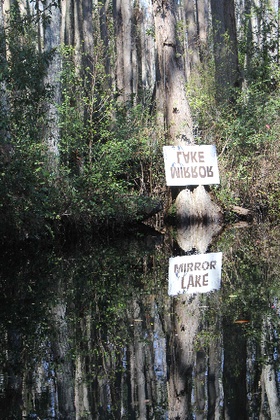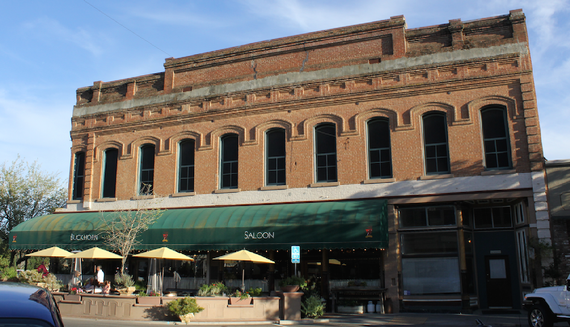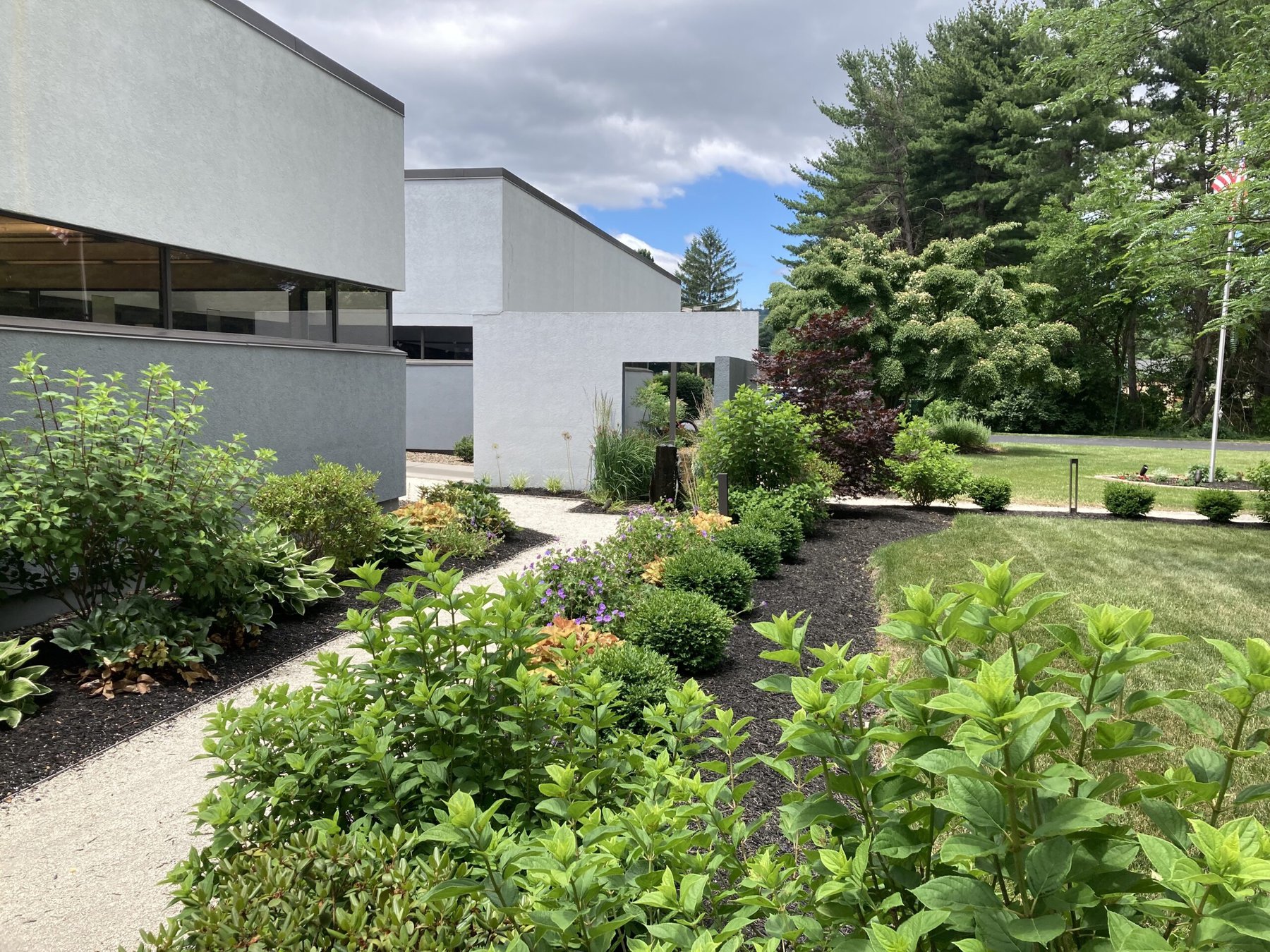The new issue of the magazine is out. (Subscribe!) Among the articles is one by me on some of the cities we’ve seen on our American Futures project. These include Greenville and Greer, South Carolina, and Burlington, Vermont, all of them — despite their obvious differences, and including Duluth, Minnesota — illustrating parts of American public life that actually work, despite the general paralysis of politics at the federal level.

Through the past month, Deb Fallows and I have been traveling a lot, through writing and broadcasting very little, as part of this project. We’ve been in southernmost Georgia — Saint Marys, Kingsland, the Okefenokee (right), and adjoining areas of Florida — and just now, via United Airlines rather than our Cirrus, in the fertile-but-troubled Central Valley of California.
Over the weekend, we met a group of California mayors and city-council members to hear about their stories, and since then we have been to, and will report on several, including Fresno, with extremely serious downtown and other problems but with people trying to cope with them, and tiny Winters, outside the university city of Davis.
Here is a marker for the next series of posts my wife and I plan to put up about these cities and their lessons. There are many traits that distinguish communities that seem alive, in the broadest, sense, from ones that don’t. Locally based wealth, as I’ve mentioned before. Inventive approaches to schooling, as Deb has described in several cities — and as we’ll discuss for both St. Marys and Fresno. A civic self-image, or public narrative, that gives shape to the successes (and failures) in the city’s past and guides people to useful decisions for the future.
And, very significantly, a sense of “us”-ness in the city — a form of what I’ve called local patriotism, and which is one of the most strikingly repeated notes in our travels around the country. This evening, in pop-7,000 Winters, California, we heard people explain why this was the only place they’d ever wanted to live, and how it had a magic they wanted to preserve. It was the more touching because we’d heard things so similar three thousand miles away in Eastport, Maine, and in between in Holland, Michigan, and in Greenville and Burlington and Redlands and Sioux Falls and elsewhere.
The world of Bowling Alone has nothing in common with what we’ve seen and heard.
But: any us implies a them. Someone told us this afternoon that “the best thing about Winters is also the worst, which is that everyone knows everything about you.” Best: people watched out for one another. Worst: life in a fishbowl.

Balancing the positive of community (the mutual responsibility, It’s a Wonderful Life) against the negatives (constraint, conformism, Babbitt) is a long-term challenge for a society that tries to be both dynamic and rooted. We’ve kept stressing the community we’ve found, because so much American diagnosis of the moment assumes that we’re a rootless, atomized culture.
But in awareness of the balance, we’ve tried to remember the other side. After we’d mentioned all the good, community-minded projects that were underway in the small western Michigan town of Holland, several former residents weighed in about the claustrophobic effects of that same, tight community. And on the day when an article largely admiring of Greenville and upstate South Carolina appears, I should similarly quote a dissenting view. After reading a number of upbeat reports on “the upstate” of South Carolina, a former Greenville resident wrote:
I’ve never been to Sioux Falls, SD, but I had the misfortune to live
in Greenville, SC [for four years in the 1990s].Here’s what I bet won’t happen to you in SD, but did happen to a close
friend of mine in SC. She’s a white woman, a native of Ireland who
speaks English with no appreciable accent of any kind except she
doesn’t sound Southern.She walked into a Post Office to inquire whether they would be open on
the following Monday, which happened to be MLK day. The white postal
worker, after glancing around to see if he was within hearing distance
of any one black said, “we’re closed, it’s Martin Luther King day.
Maybe if we kill more niggers we’ll get more time off.”I was told nearly every week by a white woman of a certain age —
usually the wife of a colleague of mine at [a university in the region] — that
Greenville was “the buckle of the Bible Belt,” said with an accent
that dripped honeysuckle and magnolia and a great deal of pride.A few very brave students started a [P]FLAG group, and had t-shirts
made. I was told in all seriousness by the Chair of my department, a
Greenville native, that I ought not wear the shirt around town or I
might be shot…This wasn’t in 1950 or in 1960 or in 1970 or in 1980. This was in the
early 90s.I loved my students a lot. The Catholics who wept in my office after
their peers had explained, sincerely and with pity that they weren’t
really Christians. The Northerners who stumbled in shell-shocked by
the blatant racism they’d never heard or seen before. The handful of
black students who were fortunately primarily from the South so had
seen and heard it all before.I loathed Greenville with the heat of a thousand million suns. I’m
grateful beyond measure I was able to get out.I have no illusions about the fact of Northern and Western racism (and
all the rest). I maintain, however, that it matters that white people
in Greenville think they’re immune from censure when they speak as the
post office worker did. It matters that religious prejudice spoken
aloud is acceptable. It matters when slurs count as polite public
conversation. There are pockets and places outside the South where
this is true, no doubt, but it’s not the default assumption anywhere
else. Not then and not now.It will take more than Michelin and BMW and whomever else comes to
town to rid the town of its toxicity.
As I note in my article, Greenville was the last county, in the last state, to recognize Martin Luther King’s birthday as a holiday. But when I asked people in Greenville, black and white, about this analysis, most of them said: Things have changed.
I don’t presume to wrap up the topic right now, late at night. I will say that the good parts of American community-consciousness seem, in many places, stronger and better than we anticipated. And we are asking and reporting about the other parts too. More to come: for now, I hope you’ll check out this issue.




